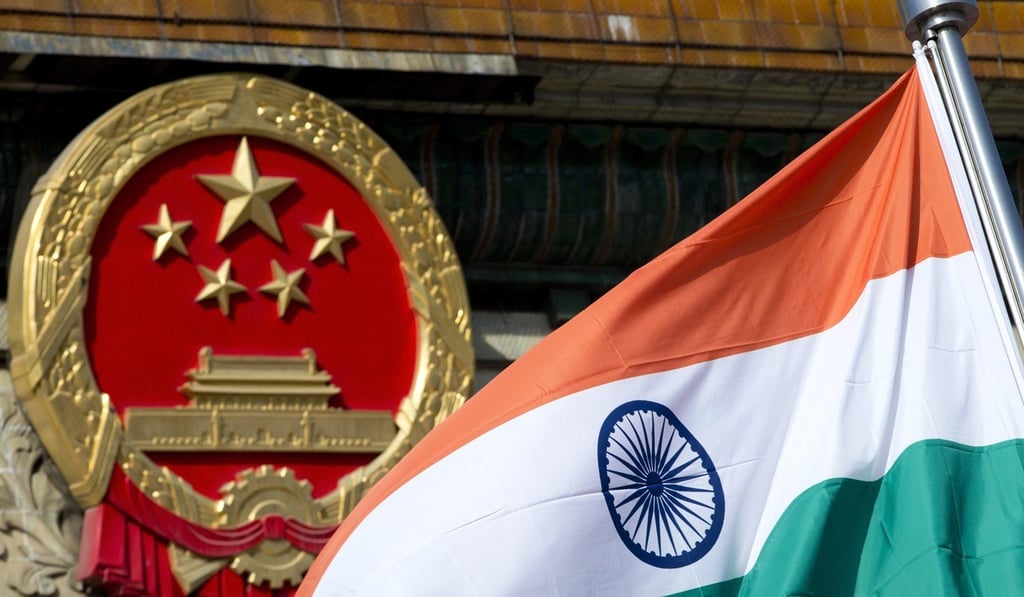Asian Angle | For India and China, uncertainty is the only sure thing about 2019
- Last year saw the two countries repair their relations after the deep freeze caused by the 2017 Doklam stand-off
- But while they are growing closer, it is increasingly obvious they have different priorities – particularly where the US is concerned

Since then, however, there has been an unexpected rapprochement between the neighbours, culminating in the April “informal summit” in Wuhan between President Xi Jinping and Prime Minister Narendra Modi. To underline that it was no one-off, reports suggest Xi may soon travel to India for a second such meeting.
While the Doklam incident was certainly a wake-up call – and in one sense added to the urgency to fix relations – what isn’t often appreciated is that the recalibration in relations was, in fact, under way before the stand-off.
When Xi and Modi met in Astana in June 2017, they outlined two major points of agreement as basic principles to re-craft relations: firstly, differences shouldn’t become disputes, and secondly, in a world of uncertainty, both countries could become a factor of stability. While the unexpected border stand-off a week later did delay this effort, it’s clear that what continues to drive this recalibration is both countries’ shared anxiety over the increasing uncertainty they are confronting, at home and abroad.

